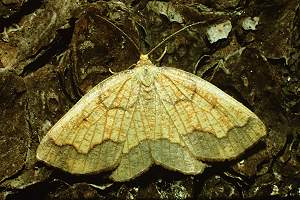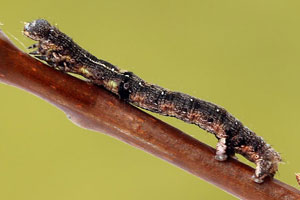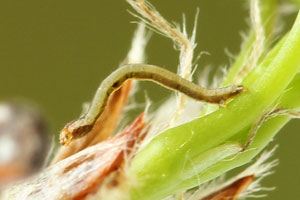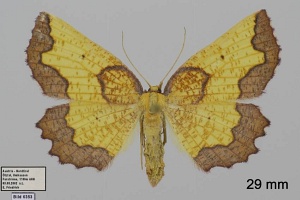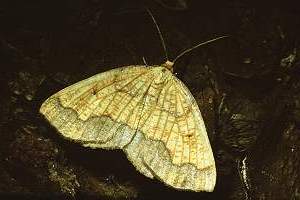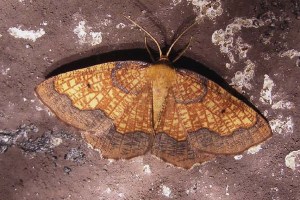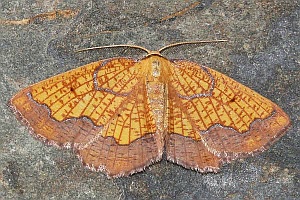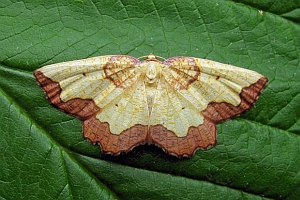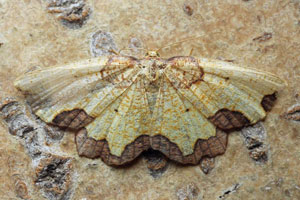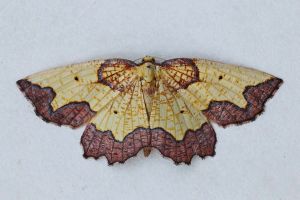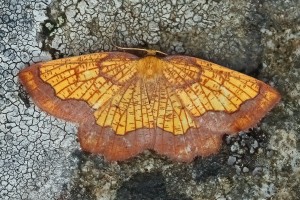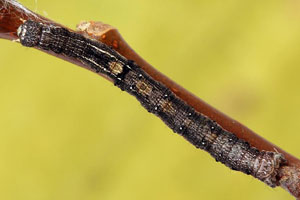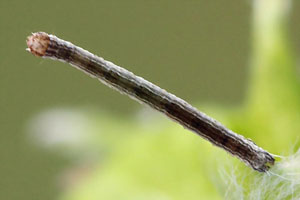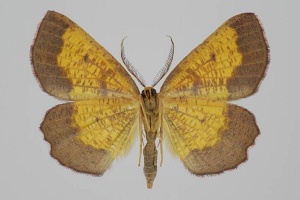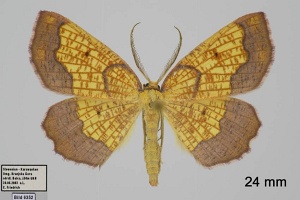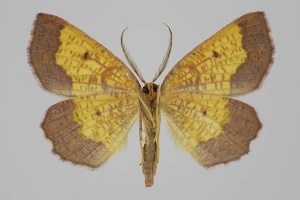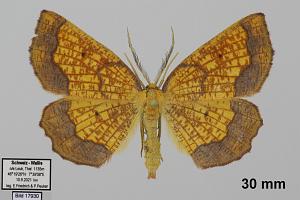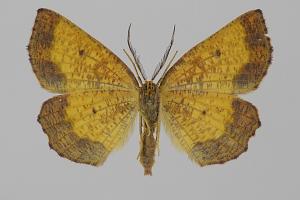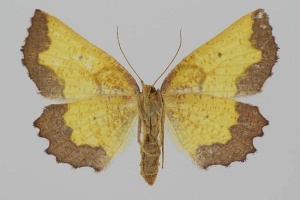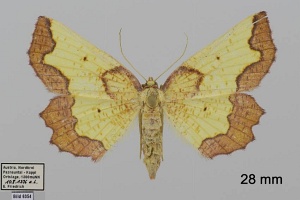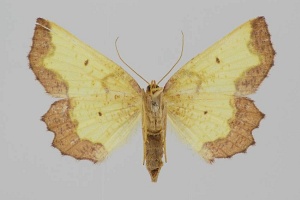Version 38 (neueste) vom 26. September 2024 um 9:25:06 von Jürgen Rodeland
Länder:

 +34Kontinente:EUAS
+34Kontinente:EUAS


 +34Kontinente:EUAS
+34Kontinente:EUASInhalt
1. Lebendfotos
1.1. Falter
1-2: ♂, Tschechien, Isergebirge, in der Nähe von Jablonec, Juli 1990 (Freilandfotos: Heidrun Melzer), det. Heidrun MelzerForum
3: ♂, Österreich, Steiermark, Bad Mitterndorf, 10. Juli 2007 (Foto: Heinz Habeler), det. Heinz Habeler
4: ♂, Deutschland, Sachsen, Erzgebirge, Jöhstadt, ca. 780 m, Lichtfang vom 15. Juli (Foto: Rainer Klemm), conf. Egbert FriedrichForum
5: ♂, Schweiz, Wallis, Hohtenn, 1000 m, am Licht, 20. Juli 2010 (Foto: Pia Rindlisbacher), det. Pia Rindlisbacher, conf Erwin RennwaldForum
6-7: ♀, Russland, Oblast Moskau, Bezirk Orechowo-Sujewo, Dorf Topolinyy, 118 m, am Licht, 8. Juli 2011 (Foto: Andrey Ponomarev), det. Vlad ProklovForum
8: ♀, Russland, Oblast Moskau, Bezirk Orechowo-Sujewo, Dorf Topolinyy, 118 m, am Licht, 20. Juli 2016 (leg., det. & fot.: Andrey Ponomarev)Forum
9: ♀, Belgien, Provinz Lüttich, Waimes, Morfat, 534 m, Lichtfang, 9. August 2020 (det. & Foto: Henri Paye), conf. Daniel BartschForum
10: Großbritannien, Schottland, Aberdeenshire, Crathie, 26. Juli 2020 (det. & fot.: Nigel Voaden)
1.2. Ausgewachsene Raupe
1-2: Russland, Oblast Moskau, Bezirk Orechowo-Sujewo, Dorf Topolinyy, 118 m, ♀ am Licht 20. Juli 2016, Fotos 5. April 2017 (leg., cult., det. & fot.: Andrey Ponomarev)Forum
1.3. Jüngere Raupenstadien
1: Russland, Oblast Moskau, Bezirk Orechowo-Sujewo, Dorf Topolinyy, 118 m, ♀ am Licht 20. Juli 2016, Foto 23. März 2017 (leg., cult., det. & fot.: Andrey Ponomarev)Forum
2-3: Russland, Oblast Moskau, Bezirk Orechowo-Sujewo, Dorf Topolinyy, 118 m, ♀ am Licht 20. Juli 2016, Fotos 26. März 2017 (leg., cult., det. & fot.: Andrey Ponomarev)Forum
1.4. Ei
1: Russland, Oblast Moskau, Bezirk Orechowo-Sujewo, Dorf Topolinyy, 118 m, ♀ am Licht 20. Juli 2016, Foto 24. Juli 2016 (leg., cult., det. & fot.: Andrey Ponomarev)Forum
2. Diagnose
2.1. Männchen
1-4: zwei ♂♂, Daten siehe Etikett (coll. & Fotos: Egbert Friedrich)
5-6: ♂, Daten siehe Etiketten (coll., det. & fot.: Egbert Friedrich)
2.2. Weibchen
2.3. Erstbeschreibung
1: Linnaeus (1767: 764 ["864"]) [nach Copyright-freiem Scan auf www.biodiversitylibrary.org]
2.4. Ähnliche Arten
3. Weitere Informationen
3.1. Etymologie (Namenserklärung)
paralellaria: „παράλληλος gleichlaufend, nach dem Verlauf des äußeren Querstreifens der Vorderflügel, beim ♂ parallel dem Saume.“
3.2. Andere Kombinationen
- Phalaena vespertaria Linnaeus, 1767 [Originalkombination]
3.3. Synonyme
- Epione paralellaria ([Denis & Schiffermüller], 1775)
3.4. Unterarten
- Epione vespertaria hespera Bryk, 1949 [ssp. nach Hausmann & Sihvonen (2019: 807)]
3.5. Literatur
- Ebert (2003) (= Ebert 9), 375-377
- Hausmann, A. & P. Sihvonen (2019): Revised, annotated systematic checklist of the Geomtridae of Europe and adjacent areas, Vols 1-6. - S. 795-871. In: Müller, B., Erlacher, S., Hausmann, A., Rajaei, H., Sihvonen, P. & P. Skou (2019): The Geometrid Moths of Europe. Volume 6. Subfamily Ennominae II (Boarmiini, Gnophini, additions to previous volumes). — Part 1: 1-562, part 2: 563-906. Leiden & Boston (Brill).
- Erstbeschreibung: Linnaeus, C. (1767): Systema Naturae, Tom. I. Pars. II. Editio duodecima reformata. 533-1327 + unpaginierter Anhang. Holmiae (Salvius).
































